BY RICHARD JOHNSON—–
JAMAICAN female artists have been tasting international fame for nearly 50 years. Singer Millie Small was one of the first to do so when her cover of My Boy Lollipop shot to the top of the British and American charts back in 1964.
In 1989, singer Marcia Griffiths released the Bunny Wailer-penned Electric Boogie which raced up American charts, reaching number 51 on the Billboard Hot 100, making it her most successful single.
  Top: Marcia Griffiths…Bottom: Andrea Davis… it all comes down to having that total package
|
The foundation laid by Small and Griffiths would be taken advantage of by females in the 1990s.
During this decade, the profile of Jamaican music rose significantly through the exploits of acts like Nadine Sutherland, Patra and Diana King.
Nearly 20 years later, the Jamaican female presence on the international scene has virtually dried up, while their male counterparts, the likes of Shaggy, Sean Paul and Gyptian, have made significant inroads.
Why haven’t contemporary Jamaican female acts been able to make it abroad?
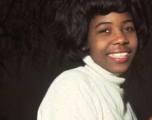
For artist manager and entertainment consultant Andrea Davis, it all comes down to having that total package.
She cites top international female acts, noting there is a checklist required to make it on the big stage.
“If you look at Rihanna, Beyoncé, Jennifer Hudson and others, it requires the total package. Distinctive voice, great looks, dance moves, artistic confidence, unique style, impacting videos, dynamic live shows, brand awareness, strong management team, proactive label machinery, effective social media, media positioning, and last but not least, good songs with compelling beats and universal lyrics to sing.”
Davis adds that, “talent is only part of the formula. Management, machinery, media, and money make all the difference between talent and stars”.
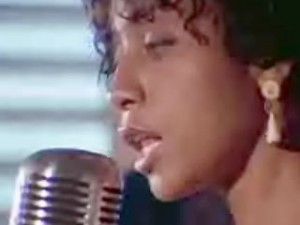
In the 1990s, Jamaican female performers had that package.
Sutherland’s Action, the duet with deejay Terror Fabulous, made the Billboard 100 chart and has been named among the top 50 duets of all time by Vibe magazine.
Between 1994 and 1996, Patra tasted success on the US R&B, Rap and Dance charts as well as Billboard Top 100. She did so with tracks including Family Affair, Worker Man, Romantic Call, and a cover of Grace Jones’ Pull Up To The Bumper.
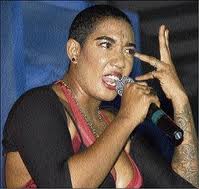
However, it was King who really took Jamaican music to the masses with her debut album Tougher Than Love and its breakout single Shy Guy.
Bolstered by its inclusion on the soundtrack of the movie Bad Boys, Shy Guy charted in both the US and United Kingdom as well non-traditional reggae markets such as Australia.
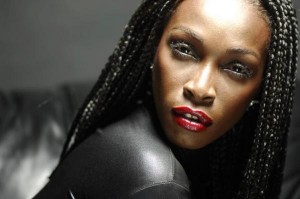
Music industry insider Maxine Stowe points to the need for female artists to start working with international producers to get their work to the superstar level as was the case with Diana King and Patra back in the 1990s.
“Look at an artist like Rihanna as a template. It was working directly with international producers which allowed her to breakout. I don’t see any of the (Jamaican) female artists doing any active collaborations with international acts. That would be a function of an A&R (Artist and Repertoire) and that is non-existent right now for the local industry,” says Stowe.
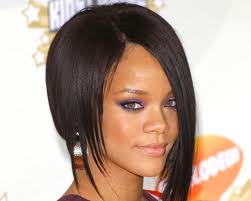
She also points to a lack of sustainability on the part of Jamaican female artists who have achieved international exposure, noting that they never seem to capitalise on their moment, often only achieving a hit single, or at best an album.
Stowe adds that developments in the music industry make it even harder for our female artists.
“I was seriously looking at making a presentation of CenC Love and Tanice Morrison as two artists that I felt could do that transition. But with the changing face of the major labels, and them being on the ropes because of the digital technology, and no artist development financial support, I have been so far challenged to make that pitch,” she says.


You must log in to post a comment.